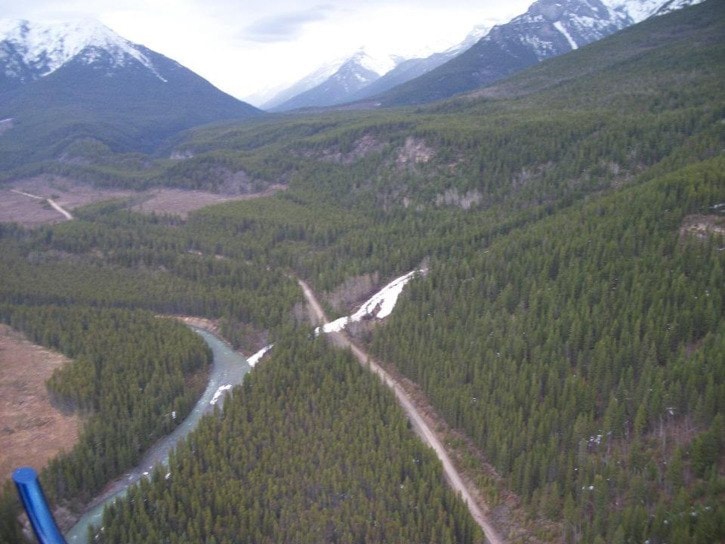The Canadian Avalanche Centre is warning that cold weather and above-average snowpack is extending the 2011 avalanche season, and avalanches may affect backcountry users not accustomed to them, such as hikers or hunters. Here's a May 13 alert for backcountry users:
Revelstoke, B.C. –With the snowpack in most regions of the province still well above average, the Canadian Avalanche Centre (CAC) is cautioning backcountry users that avalanches remain a hazard.
“Until recently, temperatures have been lower than normal, which has delayed the development of a spring snowpack,” explains Karl Klassen, Manager of the CAC’s Public Avalanche Safety Service. “In a normal spring our snowpack would be well settled by now, with relatively predictable avalanche problems. Instead we’re still dealing with an early spring snowpack.”
Now that warm and sunny conditions have arrived, the first big spring avalanche cycle of the year is underway in BC’s interior ranges and the Rockies. “We received many reports of avalanches, some with fracture lines up to 300m wide,” reports Klassen. “Some of them ran right to valley bottom, well below the snow line. This condition creates potential risk for people not normally concerned with avalanches, such as hikers, ATVers and hunters.” Photos can be seen at: avalanche.ca/cac/library/avalanche-image-galleries/AvalanchesSRockies2010-2011
To minimize avalanche risk, the CAC recommends traveling through terrain exposed to avalanches early in the day whsen it’s cool and the snow is frozen. Do not group up in avalanche runout zones; cross them quickly, one at a time. This includes avalanche paths in dry valley bottoms. Avoid travelling through avalanche terrain or exposure to avalanche runouts late in the day and anytime you observe avalanches running on nearby slopes.
The CAC advises backcountry users to continue carrying avalanche rescue gear for the rest of the spring and probably into early summer. That means every member of the group needs to be equipped with a shovel, probe and transceiver. The CAC strongly recommends that all backcountry users take an avalanche awareness course. Snowpack stability changes constantly throughout the winter; backcountry users need to check the avalanche bulletin regularly to keep informed of conditions in their area. Avalanche bulletins are can be found at www.avalanche.ca.
